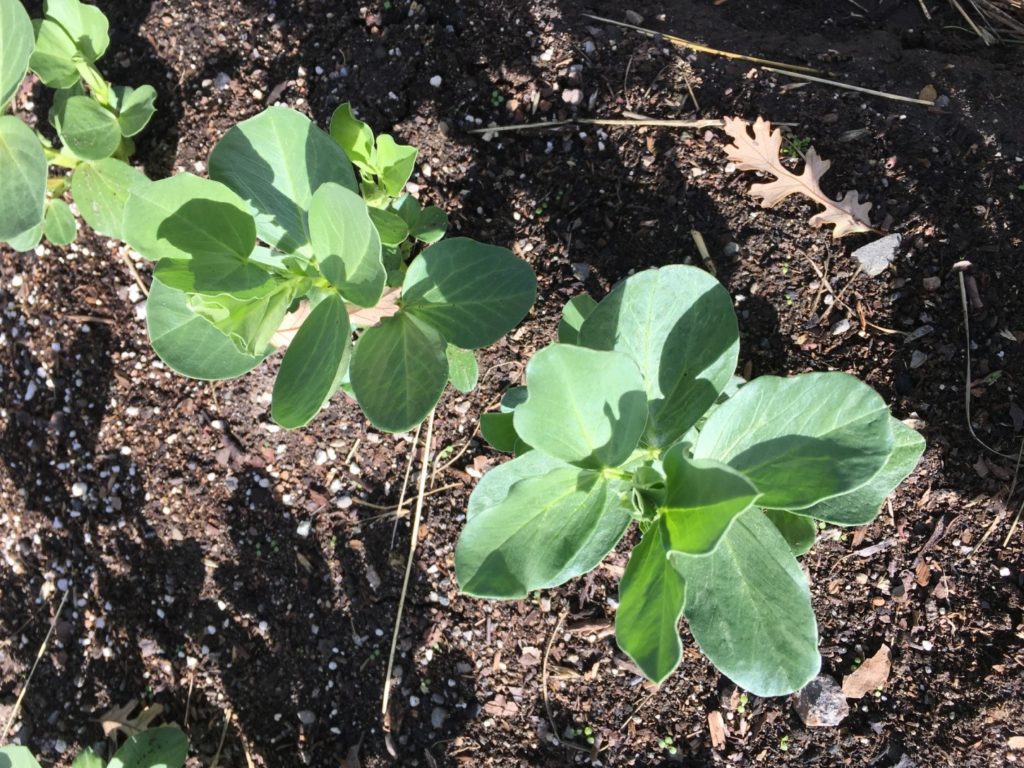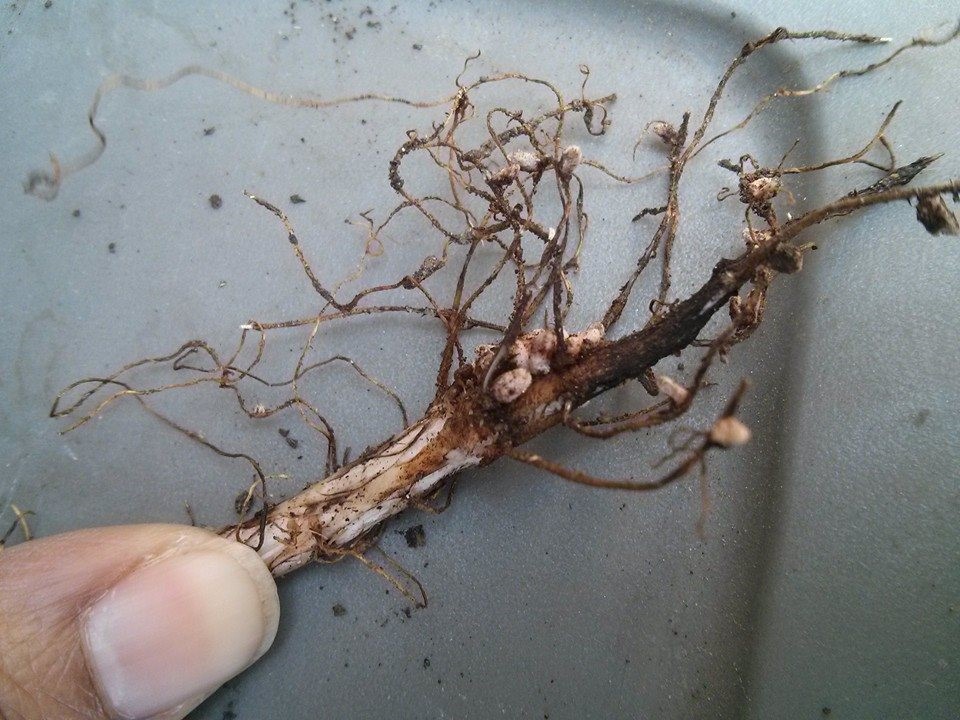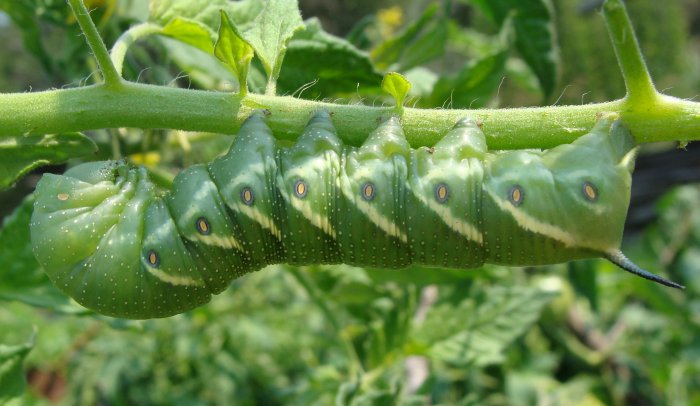By Lori Caldwell, CompostGal
Lori Caldwell’s talk “Big Gardens in Small Spaces: The Adventure of Container Gardening” was a big hit. We had a ton of interest in this class, with 216 people registered! Lori provided great resources and her presentation was perfect for new gardeners and also very informative for seasoned gardeners. There wasn’t enough time to answer the many great questions during her talk, so Lori was kind enough to answer the questions in this blog. You can watch Lori’s talk in the video here and read her responses to your questions below.
Find the handouts from Lori’s talk and more plant resources here.
Want to connect with Lori? Find her information on our Sustainable Landscaping Professionals List!
Hello gardeners!!!
Thanks so much for participating in the Container Gardening Talk! I really appreciate all the great questions! I know we ran out of Q&A time, so I thought I’d respond to them here.
What is a bumper crop?
A bumper crop is when you get A LOT of fruits and veggies in a given season. This windfall is above and beyond what you expected. I wish you all bumper crops this year!
Would the fish emulsion smell attract neighborhood cats?
I’ve been happily using fish emulsion for years and there’s been no indication that cats have messed with my plants or soil. If that’s a problem, there are other options to provide nitrogen for your plants: alfalfa meal, worm castings or fish meal.
How do you add castings when you’re feeding your plant?
I make a dilution of the castings: take a small handful of castings and put in a bucket. Add water until they are the color of weak tea. The color is important as worm castings are like a fertilizer. Too much could kill your plants so be careful! I start by adding castings right after planting and feed on a regular basis until the plant starts to flower.


When you chop plants down do you chop them in the soil or put into the compost?
For plants like fava beans, I wait until the plant has mostly flowered before I chop it at the soil level. It’s important to keep the roots in the soil, the nodules (see picture above right) hold the nitrogen. I compost the stalk and eat the flowers!
For container gardens I’ll completely remove other types of plants and roots to make room for the next crop.
How to control pests without killing them (snails, slugs, tomato horn worms)?
Slugs & snails: Without actually killing it will require you to setup a series of barrier method options:
- Crushed eggshells: put a ring of finely crushed shells around the base of your plants. It’ll be like crawling over glass for them.
- Cloche: fancy ones are beautiful and glass; DIY ones are recycled bottles (glass or plastic). Cut bottoms off bottles and remove caps. Cover the hole with something breathable (cheesecloth, old nylons, etc). Cover plants at night to keep those night feeders away. Take off during the day.
Tomato horn worm: So not killing these creepy guys is going to take some preventative measures. One of the reasons hornworms show up is because of not doing crop rotation. The moth responsible for the worm is gorgeous! However, she likes to lay her eggs at the base of existing tomato plants. Planting tomatoes in the same container every year allows those eggs to
hatch right next to their favorite foods. Now, I know with container gardening crop rotation might not be possible. What about rotating soil? The following season after a “hornworm incident,” remove the soil from the container and replacing it with fresh soil. Reuse the soil in other containers that won’t have tomatoes that year.

Flickr: Amanda Hill

Flickr: Didier Descouens
Do you ever recommend neem oil?
I have never used neem oil actually!
I’ve heard recently about cloth pots. Have I had any experience with them?
I have used cloth pots in the past. I found that they dried out very quickly, even faster than terracotta! If I were to use them again I’d use drip irrigation to keep the moisture level up. They might be good for woody herbs that require decent drainage.
I wanted some tips to save my plants in winter. My basil does not survive the winter in my patio space.
Crops like basil need warmth in order to thrive. You may need to bring the plant indoors if you want it to overwinter.
Some tips for possible success:
- Place next to a window that gets afternoon light. Be careful that the light coming in isn’t too intense, it could burn the leaves.
- Clip back any brown or dying leaves.
- Go easy on the water. Test the soil first before watering. There won’t be as much heat like summer (unless you’ve got it near a heater vent).
How can I plant herbs from stem cuttings? Do I just stick it in the soil? How do I grow roots on mint that I bought at the farmers market?
Rooting them in water first works well!! I’d try to root them before/while you use the herb. They will take to transplanting to soil a bit easier. Just change the water every few days.
Where can I learn how big of a perimeter is required for different plants?
Most plant tags and seed envelopes give you a recommendation as to how far apart the spacing for mature plants should be.
I have some very large pots, way bigger than need be. What can I put in the bottom?
Well I guess my first question is what are you planning to put in these pots? If it’s a perennial plant, you might consider leaving the space. Having a fruit tree in the forever home has a lot of benefits: uninterrupted root development and allowed to grow larger much faster.
If it’s a shallow plant situation then you have some options:
- Rocks or bricks – it will make it heavy so pick a permanent place for it.
- Wood mulch or stumps – the wood helps hold onto moisture longer, so that’s great. However, sometimes new plantings die because the wood fiber in the soil is dragging nitrogen from the soil. New plantings rely mostly on nitrogen to get going. I’d suggest adding more nitrogen amendments to compensate.
- Pros: inexpensive option
- Con: nitrogen drag and the soil will start to sink into the pot as the wood material decomposes
Any recommendations for dealing with possums and raccoons?
I’ve never had to deal with either of those pests (knock on wood). All my research has pointed to creating barriers and getting rid of things that attract them. UC Davis has a wonderful website dedicated to helping you deal with those pest problems. I’ve included a couple of links to help:
What does Lori think about cucumbers in containers?
I think it’s great! I’m planting them in a container this year too. Try and plant on mounded soil or provide a trellis for them to climb.
Is liquid fertilizer better than powder?
I like both because some of my favorites come in either forms: Bone Meal (powder), fish emulsion (liquid), worm castings (dilute to make liquid). I like liquid because it’s easier to side dress (application during the growing period) my plants.
How do you prevent rosemary and thyme from getting too woody to cook with?
I haven’t noticed woody leaves on my older branches, guess I’ll have to check! I usually harvest and dry once a year from the new growth. That might be an option to prune back once a year. Sorry, I’ve never grown thyme … I’m not much of a fan.
Enjoy the talk? Take this survey to help us determine future sustainable landscaping classes.
The Solano Sustainable Backyards program and the talk are generously funded by the Solano County Water Agency.

